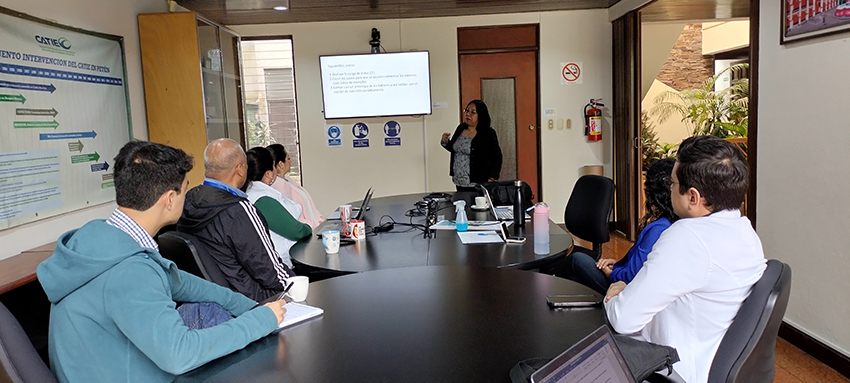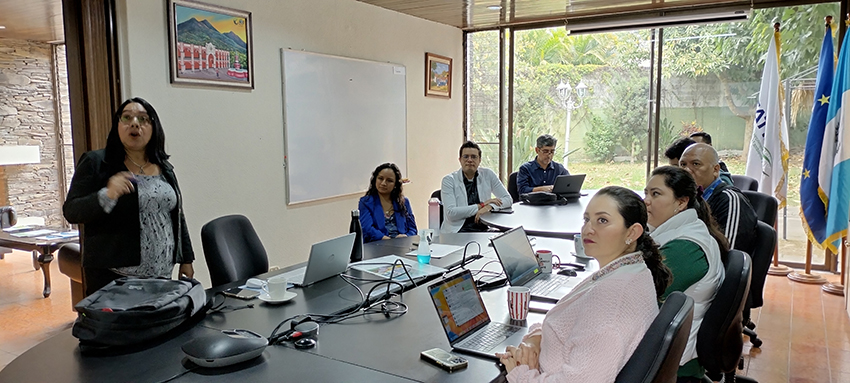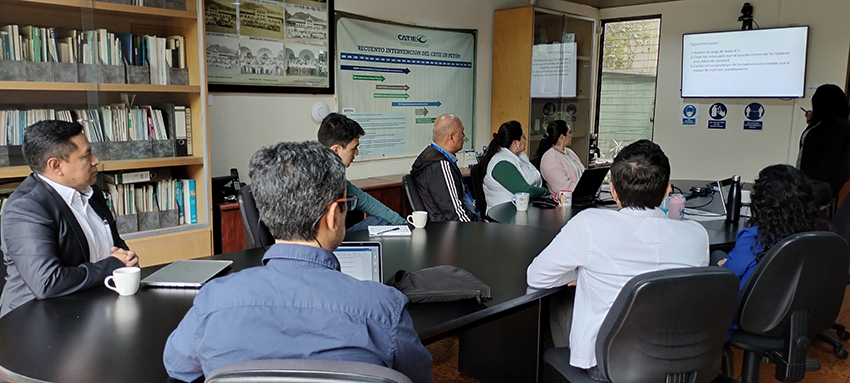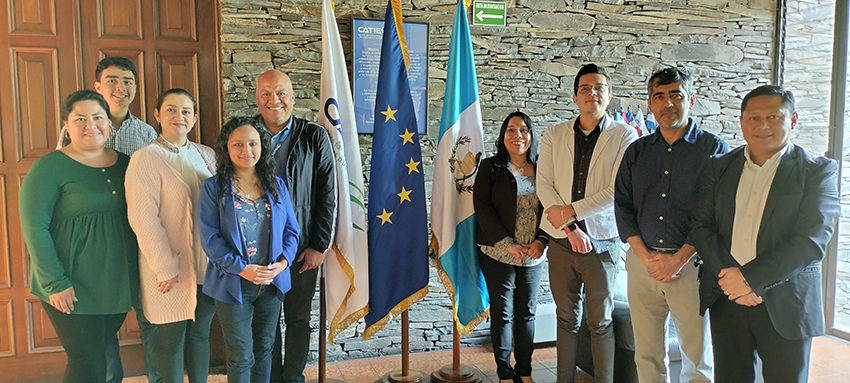CATIE Supports the Strengthening of the National Public Health Information System in Guatemala

- This is a transcendental contribution that can be replicated in other priority health issues for the country's development.
February 19, 2024 CATIE (Tropical Agricultural Research and Higher Education Center), through the National Information Platform on Nutrition (PiNN) project, delivered the Data Warehouse tool, which is part of the phases of the process to strengthen Guatemala's health information system, specifically in the nutrition data component.
According to Eduardo Say, PiNN coordinator, the objective of this result presented by the project was the creation of a Data Warehouse to strengthen the nutrition data analysis processes generated by the Information Technology Directorate (DTI) of the Ministry of Public Health and Social Assistance (MSPAS), in order to contribute to evidence-based decision making.

Say indicated that this is a significant contribution that CATIE, through the PiNN project, is making to MSPAS to improve information processing. Likewise, the methodology used and the good practices can be replicated in all thematic areas addressed by the ministry.
Karina Suigüil, consultant for PiNN, explained that the methodology and key aspects in the creation of the Data Warehouse for nutrition indicators were addressed and then presented to the DTI, covering conceptual, logical, and physical design processes; it also included pertinent conclusions and recommendations. Suigüil detailed that a Data Warehouse is an electronic repository where an institution's historical data is securely stored.
"The beginning of this process was complex and full of challenges, but with a clear objective," indicated Gabriela Ogaldes, a nutrition specialist at PiNN, since a multidisciplinary team was formed, composed of partners (Data.FI and CATIE) and MSPAS officials for the generation of indicators and the characterization of these in 46 technical sheets, continued with contributions and inputs for a prototype of visualization dashboards, parallel to this to the planning of the Data Warehouse, workshops on technological transfer and the final delivery of products to the full satisfaction of the coordination and technical staff of the DTI and the MSPAS nutrition team.

Ogaldes highlights that in the process of creating the Data Warehouse, the involvement, responsibility, and collaboration of multidisciplinary technical teams were key, and as an addition to the results, the process leaves lessons learned about how efficient processes can be when worked on together and with the same objective set, adding the specialties of all members.
According to Roger Martínez López, director of the DTI of MSPAS, the richness of this contribution allows identifying how internal processes are carried out to optimize and have information quickly, smoothly, and available for the authorities. "According to the recommendations of the consultancy, we have to internally start with an analysis on the points that we need to improve," concluded Martínez.
Finally, Berzau Sofoifa, a data management technician for the PiNN project, affirmed that this tool contributes to identifying data sources, as well as their arrangement and use in dashboards for evidence-based decision-making.

Written by:
Ninoshka Lou
Communications Officer
CATIE Guatemala
ninoshka.lou@catie.ac.cr
Tag:Guatemala, nutrición, Food security



